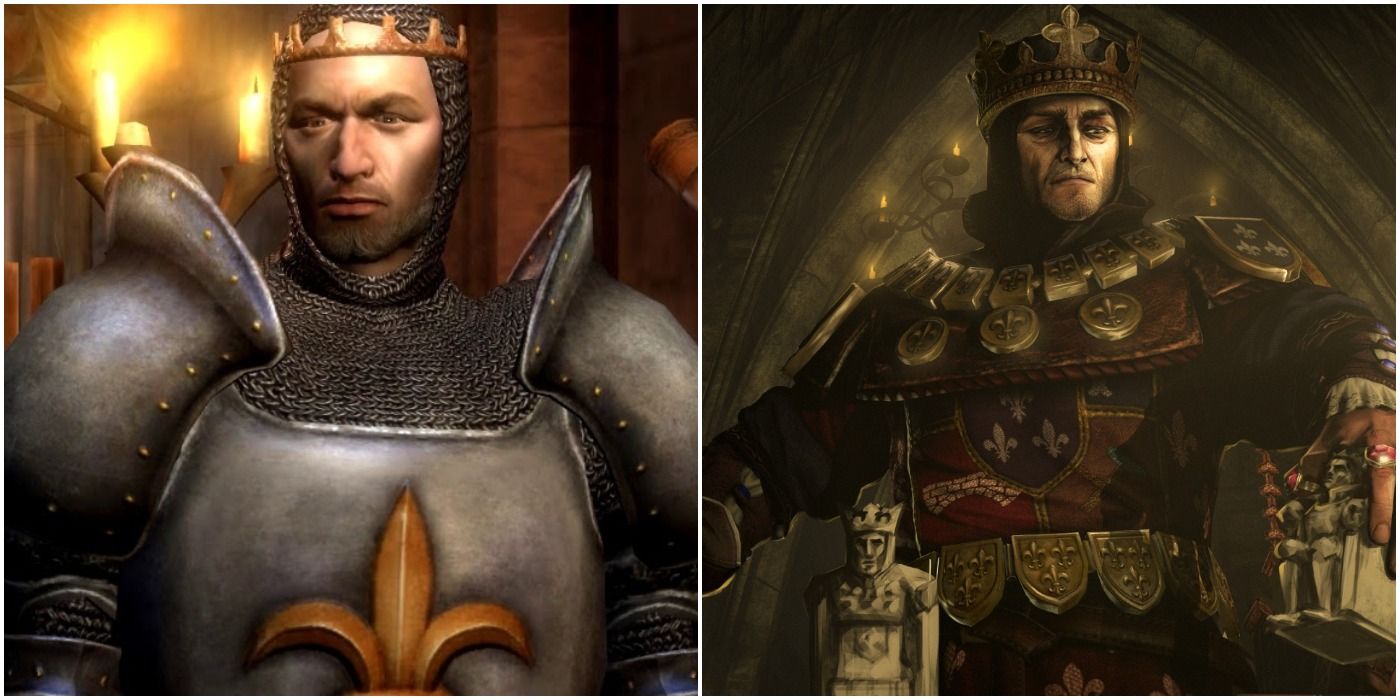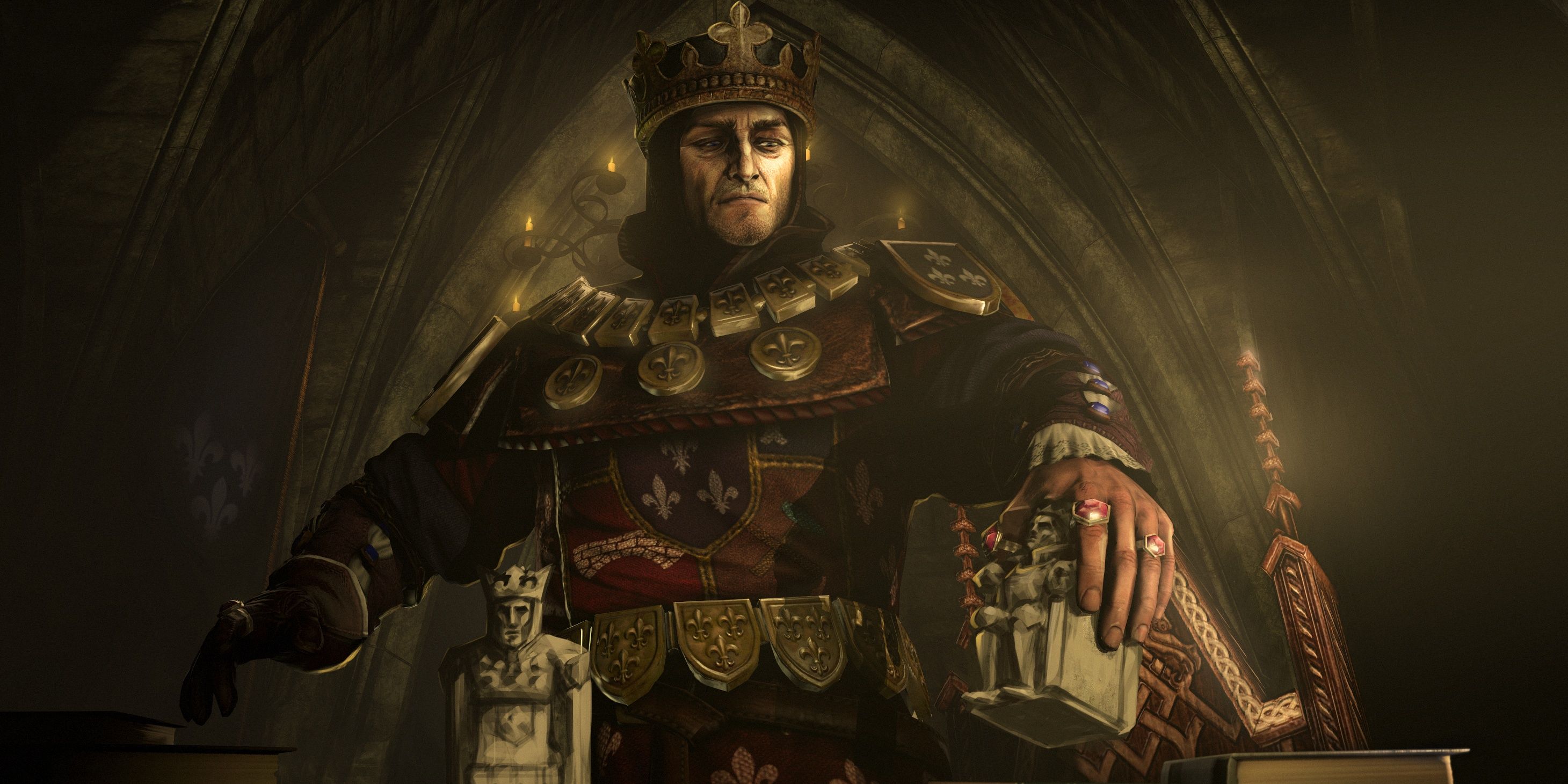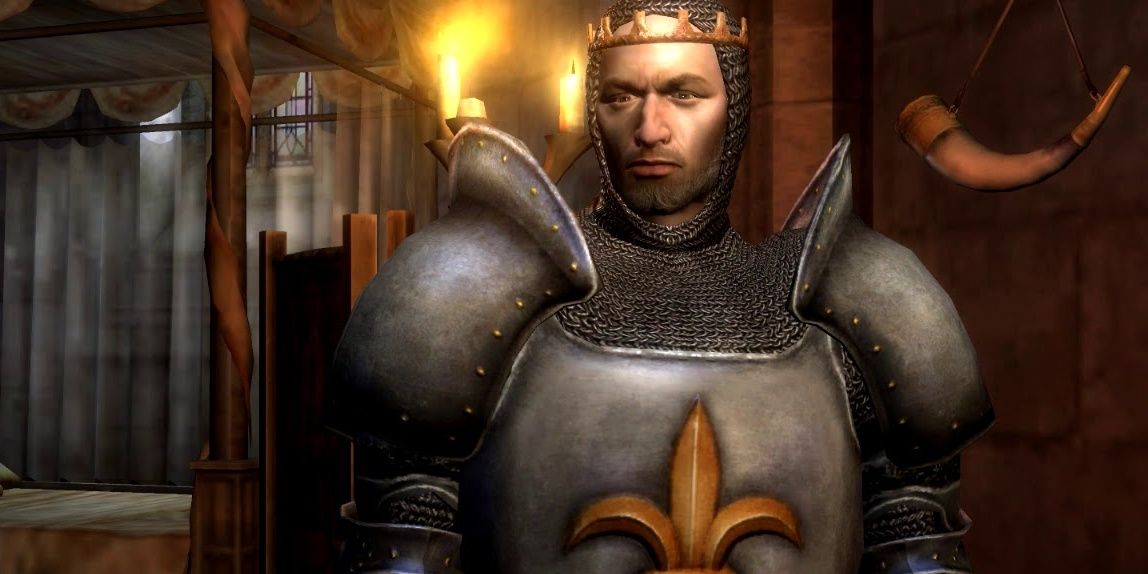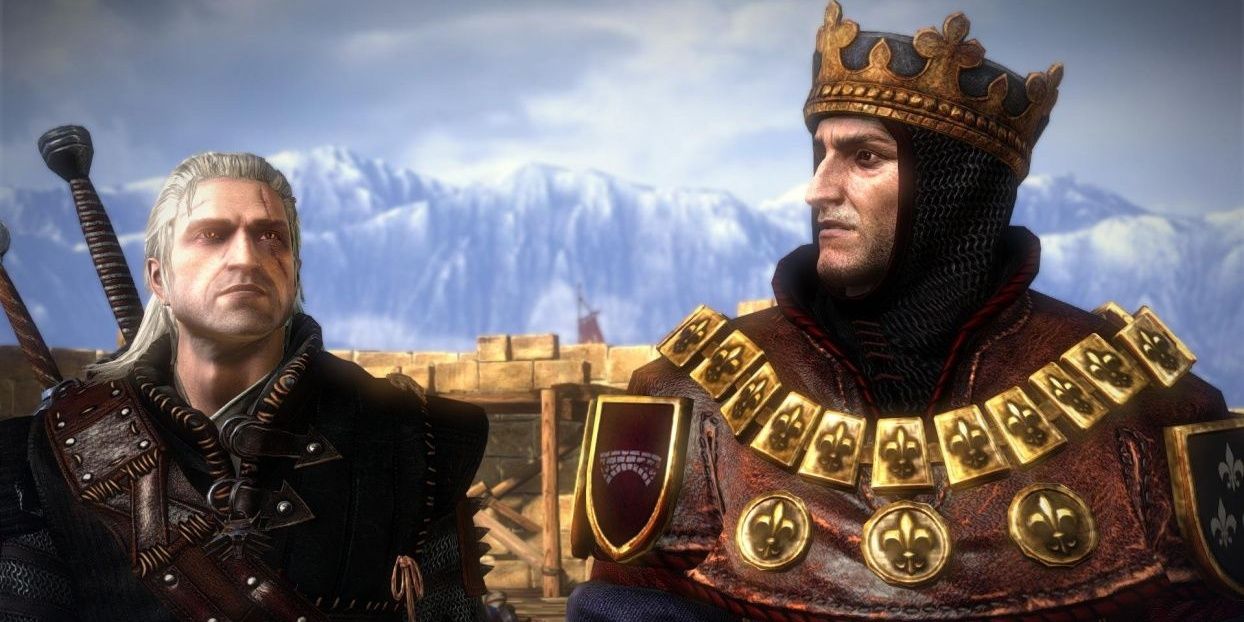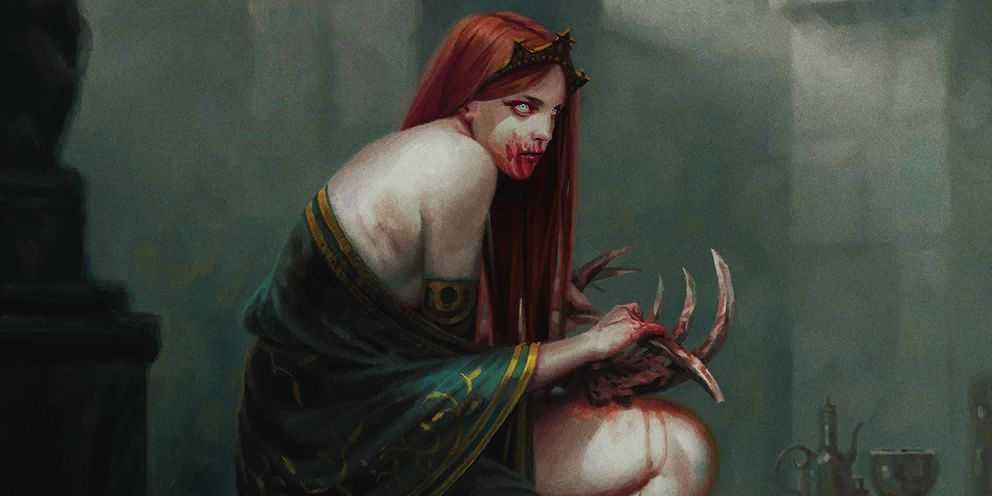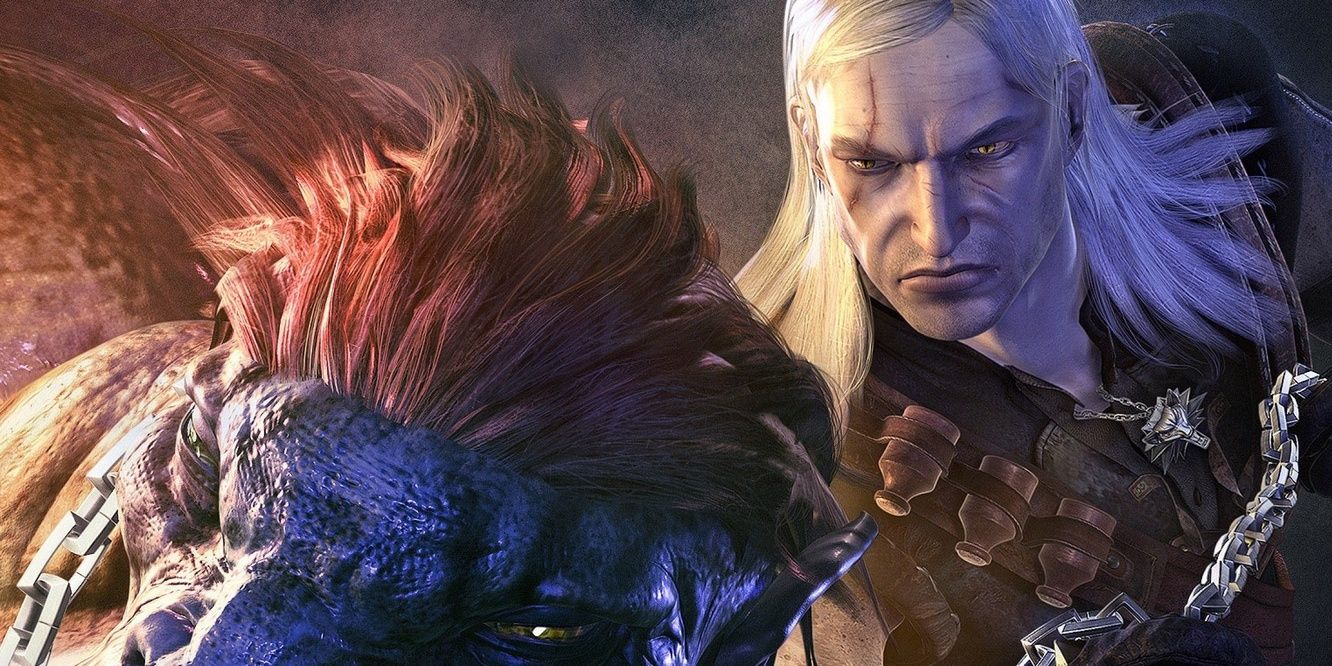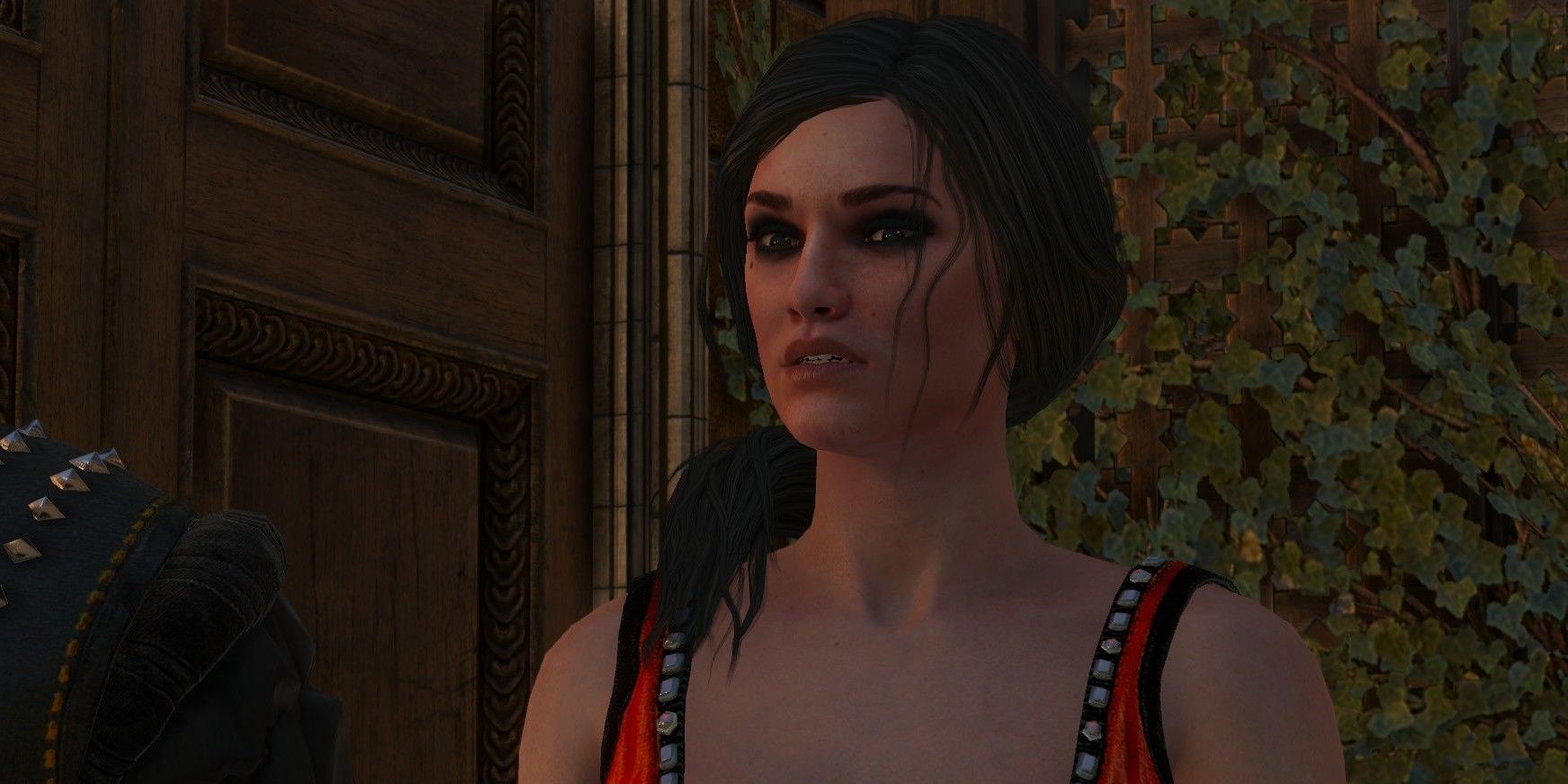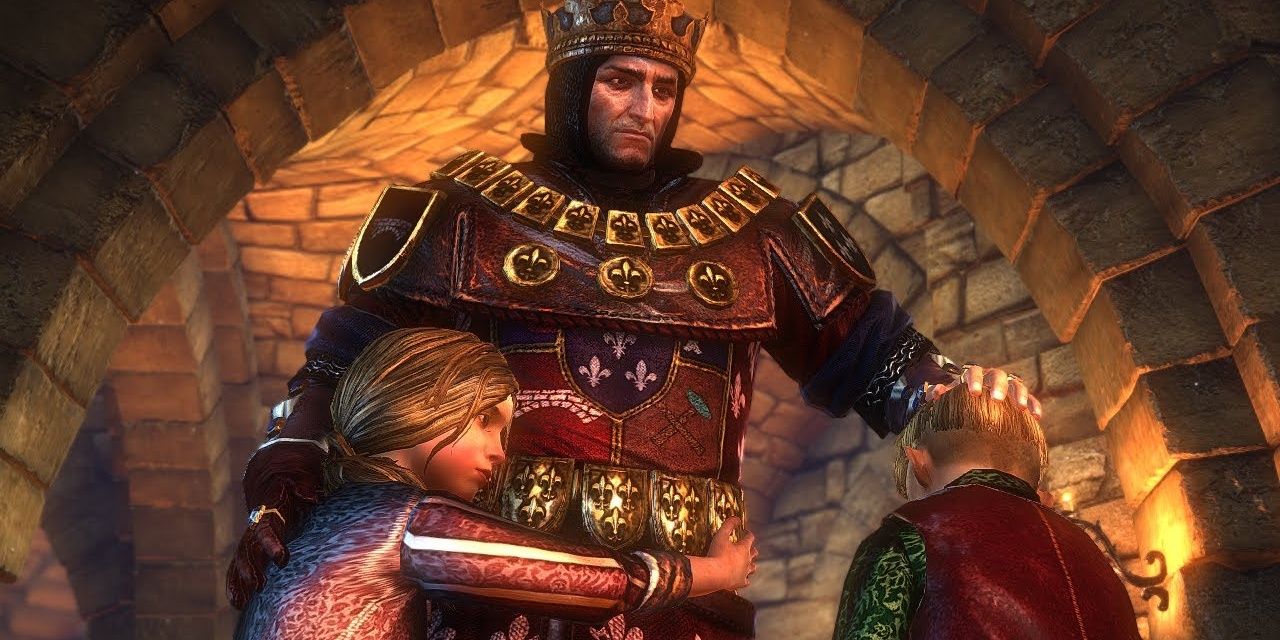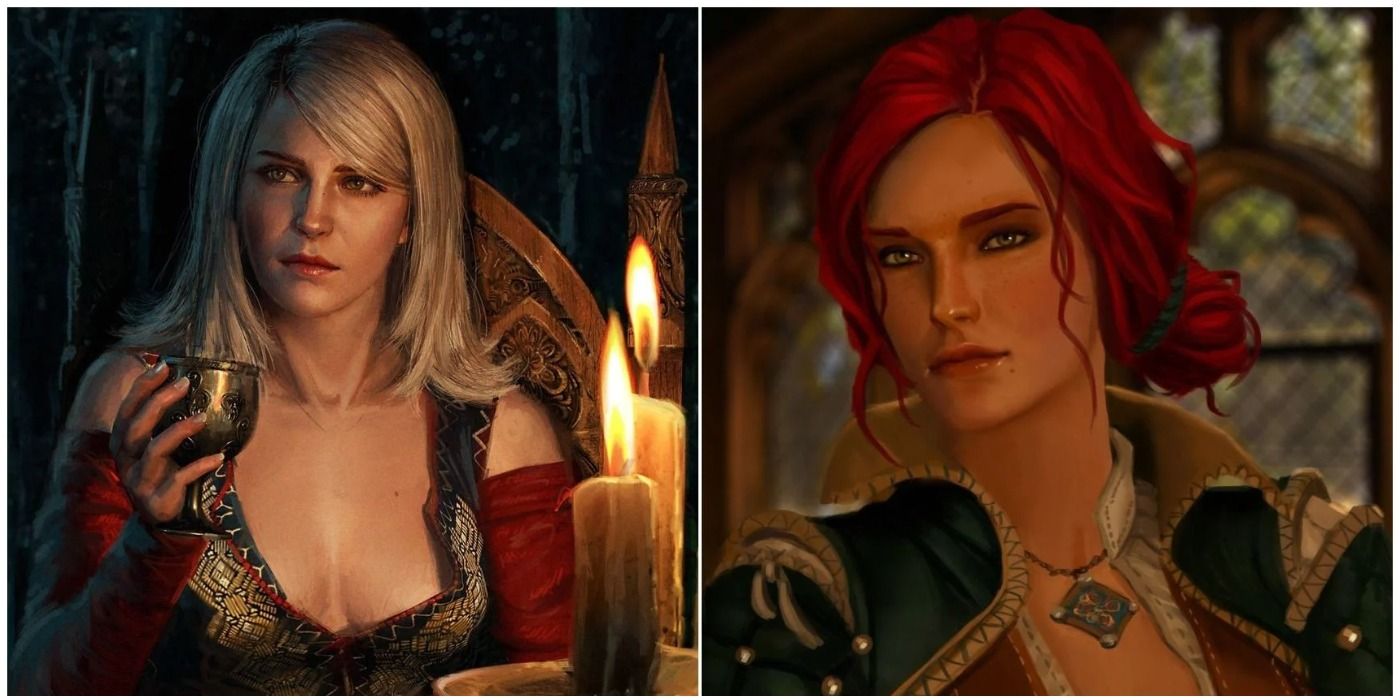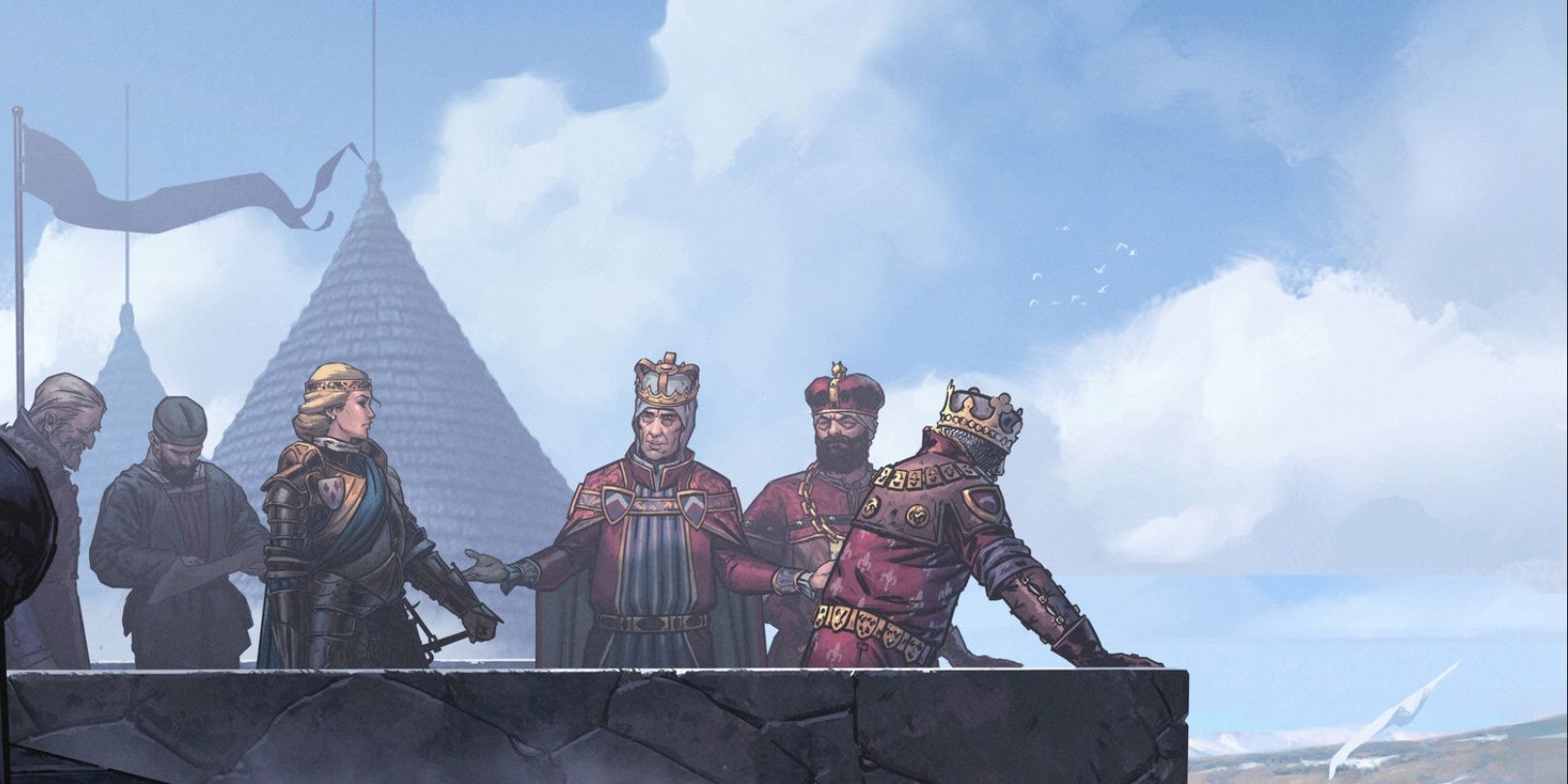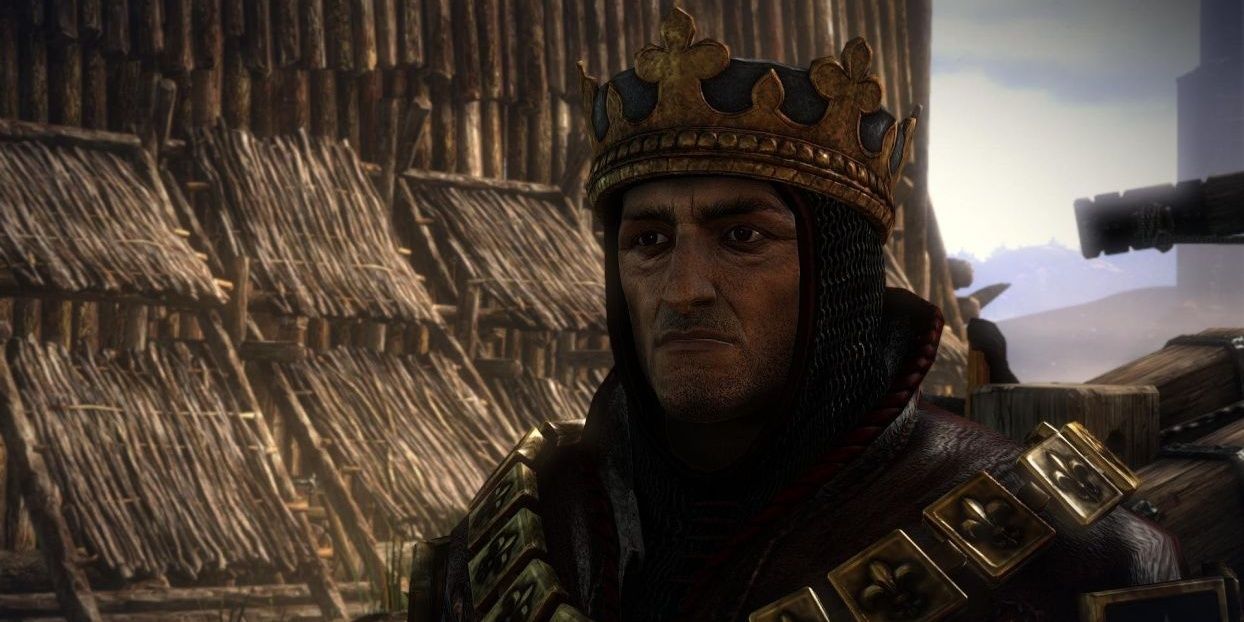The Witcher is considered by many to be one of the greatest role-playing franchises of all time. After two mildly successful games that became the cornerstone of CD Projekt Red's gaming development, the ambitious development studio blew everyone out of the water with The Witcher 3: Wild Hunt, which took everything that was established and honed over the course of the first two games and cranked it up all the way to a hundred. There's no shortage of elements contributing to its success — the graphics, combat, story, lore, and atmosphere all deserve a mention for the excellence that they display.
However, it would be impossible to talk about the qualities of The Witcher without mentioning its rich cast of characters, all of which are memorable in their own right. The king of Temeria, Foltest, is certainly a name that comes to mind in this regard. While he had a pretty minor role in the first Witcher game and died fairly early on in The Witcher 2, the character has still become quite recognizable in his own right. In fact, fans are still delving into the backstory of the deceased king to figure out the intricacies of his character. Keeping this in mind, here are ten hidden details about this deceased king that fans have absolutely no idea about.
10 His Appearance In The Second Game Is Changed Heavily For A Reason
Gamers who interacted with Foltest in the first game will certainly be surprised at how different he looks in the second game.
His appearance is completely altered and his clothing now looks befitting of a monarch — something that CD Projekt Red was banking on since Foltest needed to look like a king who was fit to wear a crown.
9 He Hated His Grandfather
Foltest, just like his father, harbored a massive hatred of his grandfather Hugo and went above and beyond to ensure that his name wouldn't taint the family bloodline. In fact, he even went so far as to remove Hugo's portrait from the throne room.
This is somewhat ironic since Foltest himself ended up in a rather damaging scandal that ruined his entire bloodline.
8 He Had An Affair With His Own Sister
The uncovering of the affair between Foltest and his sister Adda is one of the most infamous things to ever happen in the Temerian court, pretty much nixing any chances of Foltest ever wedding anyone and halting his entire bloodline as a result.
Things could've still been better — Adda was pregnant and Foltest could've sired an heir. However, in the world of The Witcher, things rarely end on a happy note.
7 Adda Died After Giving Birth
One of the most tragic things to happen to Foltest was the death of his sister and lover Adda. To make things even worse, she actually died during childbirth.
The impact of this death could've still been alleviated to an extent had the child been born safe and sound, but it seems that fate had too many cruel twists left in store for Foltest.
6 The Child Was Possibly Cursed By Either Ostrit Or Foltest's Mother
Foltest and Adda's child was cursed upon birth, leading to the child dying and coming back as a fearsome striga that ravaged the land, and even forced Foltest to switch residences.
It is widely assumed that the child was cursed by a person named Ostrit, a courtier who had fallen in love with Adda, only to have his heart broken upon realizing that she'd decided to bed her own brother. The ensuing feelings of rage and jealously perhaps prompted him to curse the child upon birth, leading to such a dire fate.
Of course, this is all speculation — Foltest's mother is also a suspect. After all, the situation between Adda and Foltest would have been a difficult thing for a mother to bear.
5 Foltest Fell In Love With The Baroness La Valette After His Affair
As a result of his incestuous affair, Foltest was rendered ineligible as a royal bachelor — a huge problem, given the fact that his prospects to continue the bloodline were completely axed as a result.
However, this didn't stop Foltest from continuing with his romantic pursuits, leading to another affair — this time with the Baroness Maria Louisa La Valette. Keen players would recognize this name since she does make an appearance in The Witcher 3, in the city of Novigrad.
4 The Identity Of The Baroness' Younger Children Are Up To Debate
The affair between the Baroness and Foltest has led many people to doubt the parenthood of some of the children that Maria had in her marriage.
To be more specific, it's the lineage of the Baroness' younger children — her son Boussy and her daughter Anaïs — that's up for debate. And rightfully so, given the pretty obvious nature of Foltest's second affair.
3 Triss Merigold And Keira Metz Were A Part Of His Royal Council
One thing that is quite interesting when it comes to Foltest is that both Triss Merigold and Keira Metz were a part of his royal council.
It certainly would've been quite interesting to see the two debate ideas and maybe even support each other in the council, but there's only so much that fans can be treated to.
2 Foltest And Demavend III Fought Nilfgaard Together
The Second Nilfgaard War was truly one of the most brutal wars ever fought in the world of The Witcher, with Nilfgaard doing everything in their power to secure control over a major portion of the region.
However, there was no way that goal could be accomplished unopposed, of course — going go toe-to-toe with two of the most powerful kings at that time, King Foltest of Temeria and King Demavend III of Aedirn, is no short order.
1 He Was One Of The Negotiators Of The Peace Treaty Of Cintra
After this war came to an end, a peace treaty was required to ensure that any unnecessary bloodshed could be avoided later on.
This lead to the formation of the peace treaty of Cintra — something that Foltest directly participated in as a negotiator.

